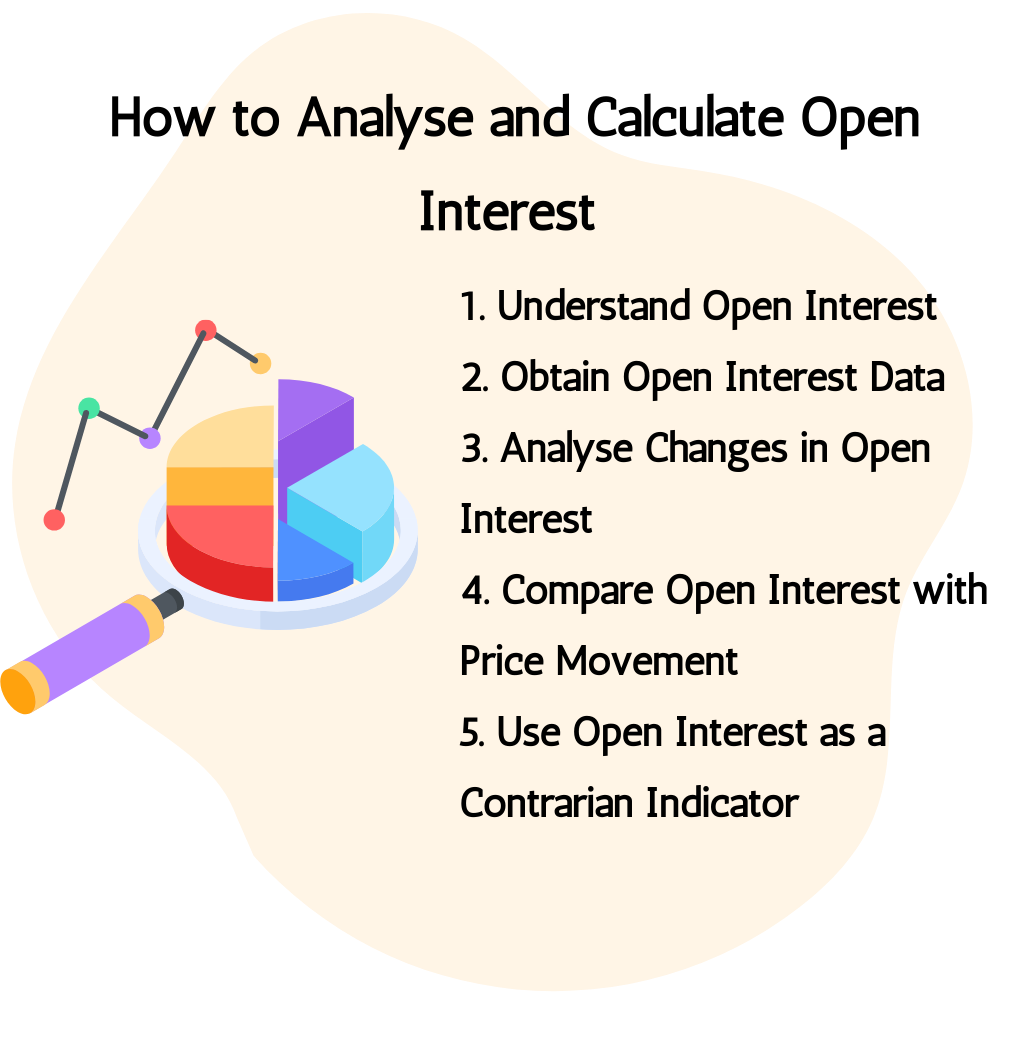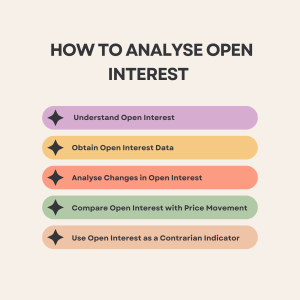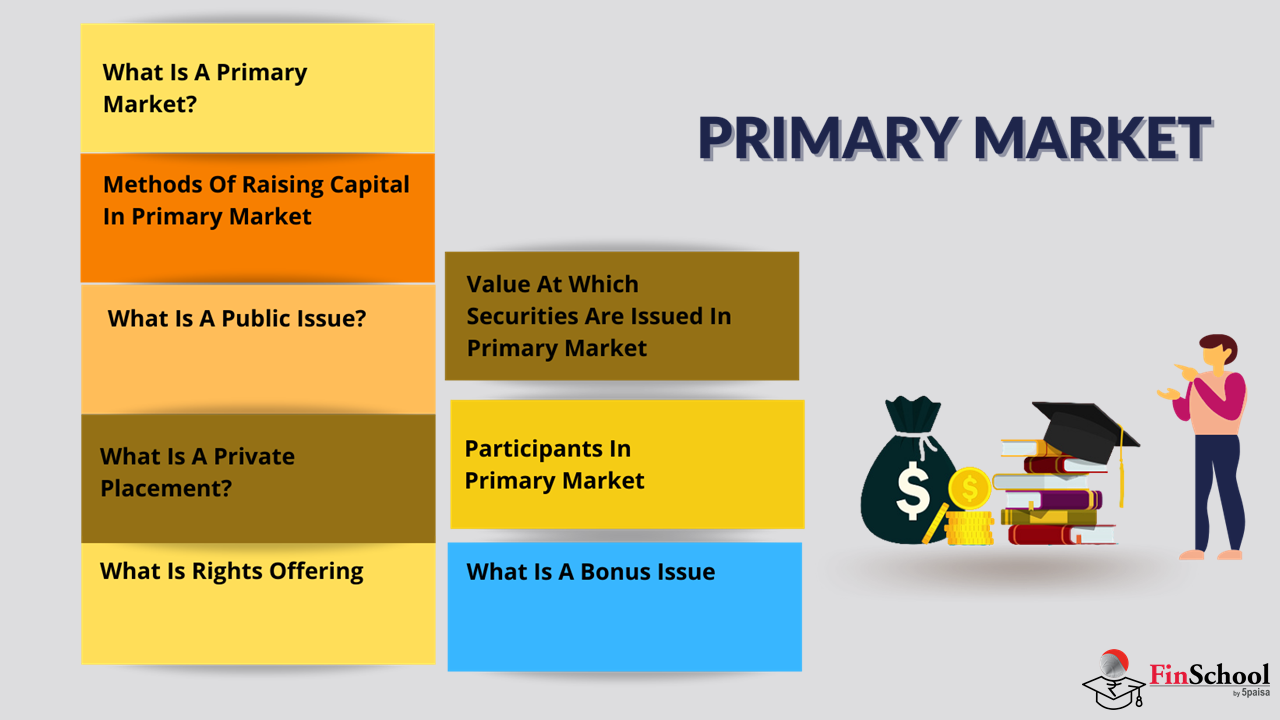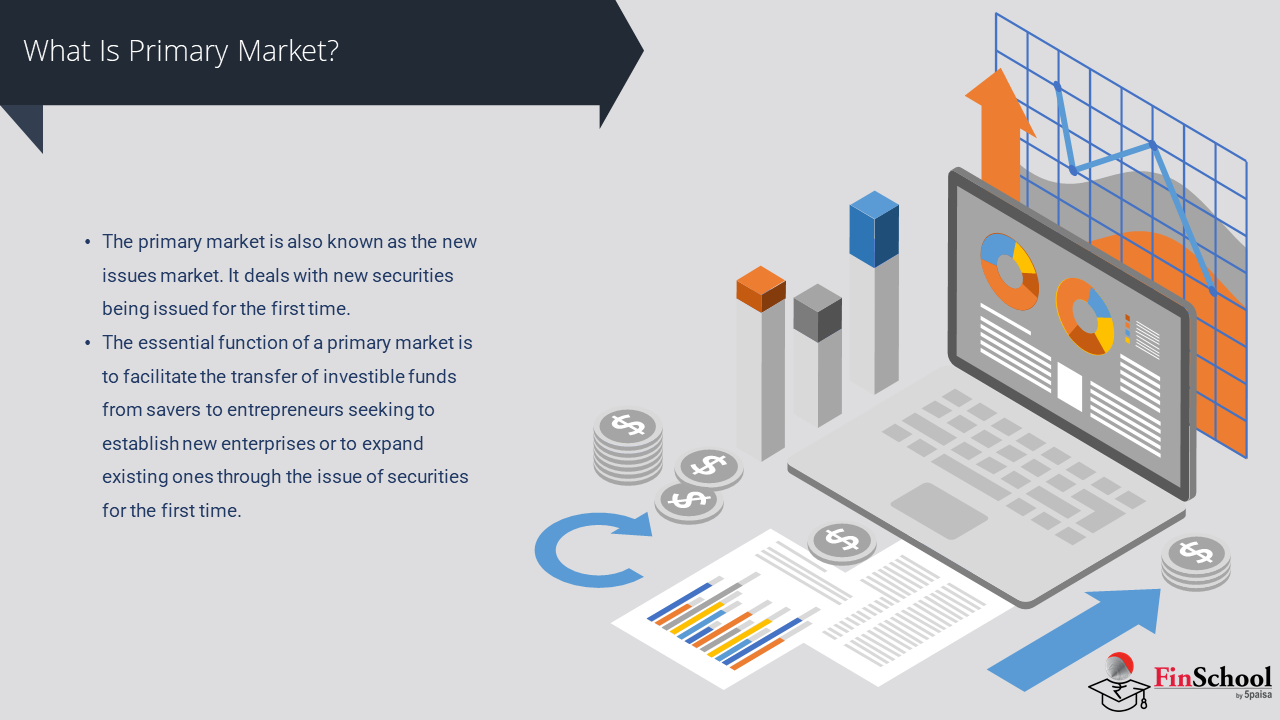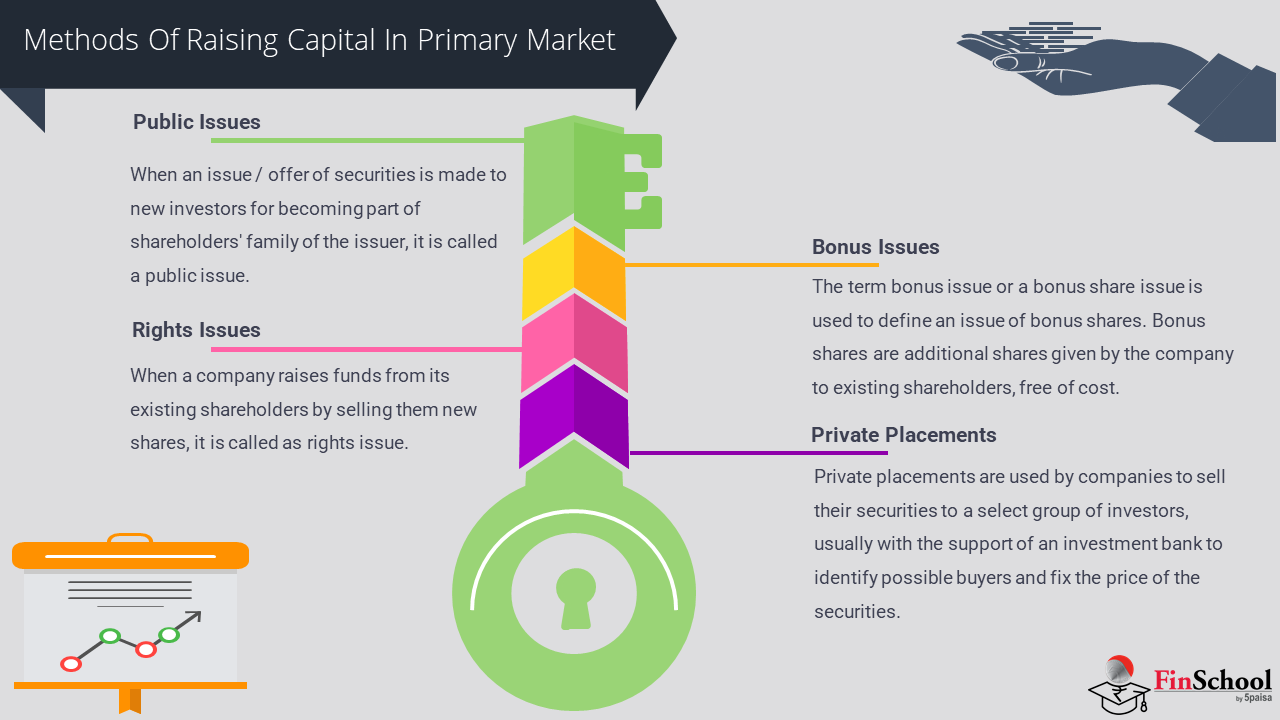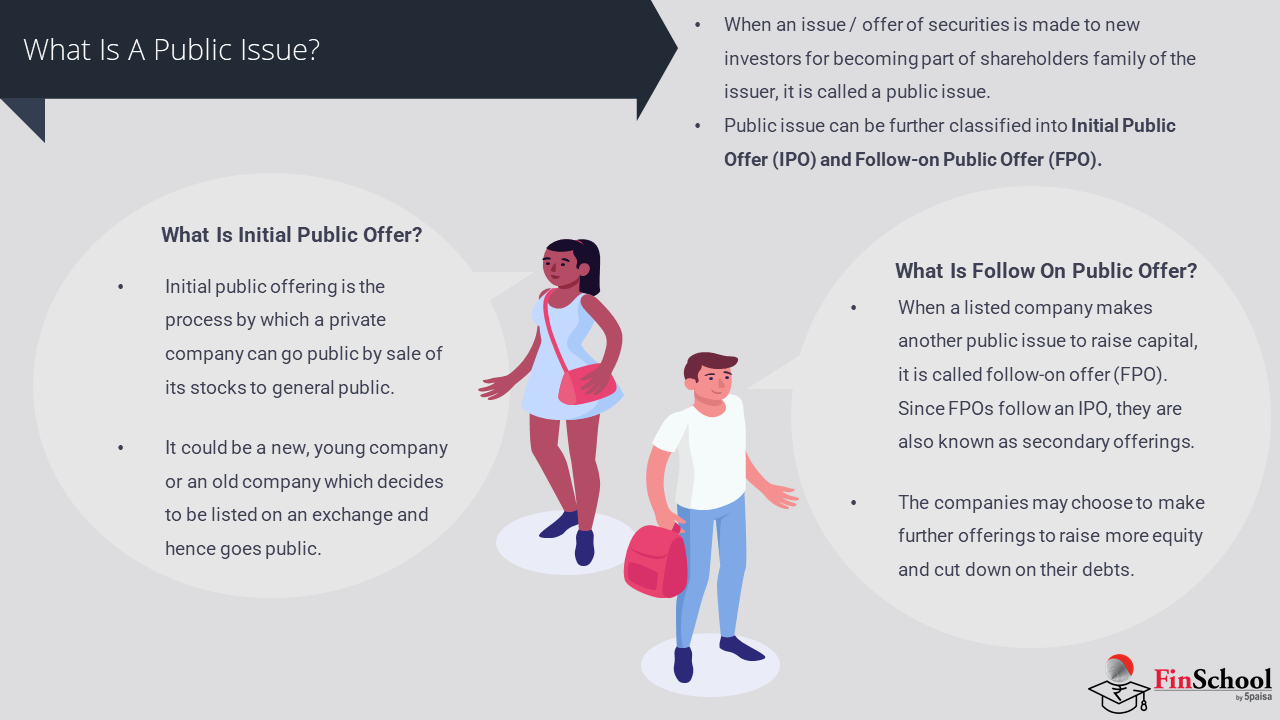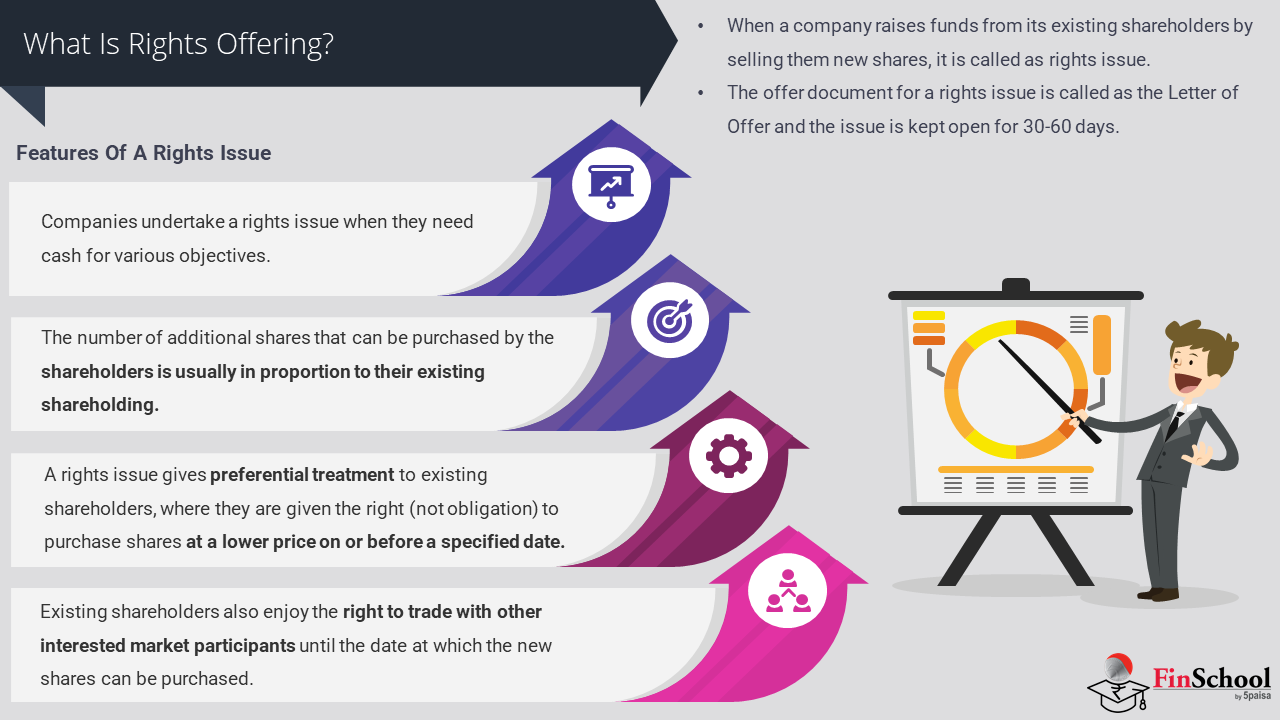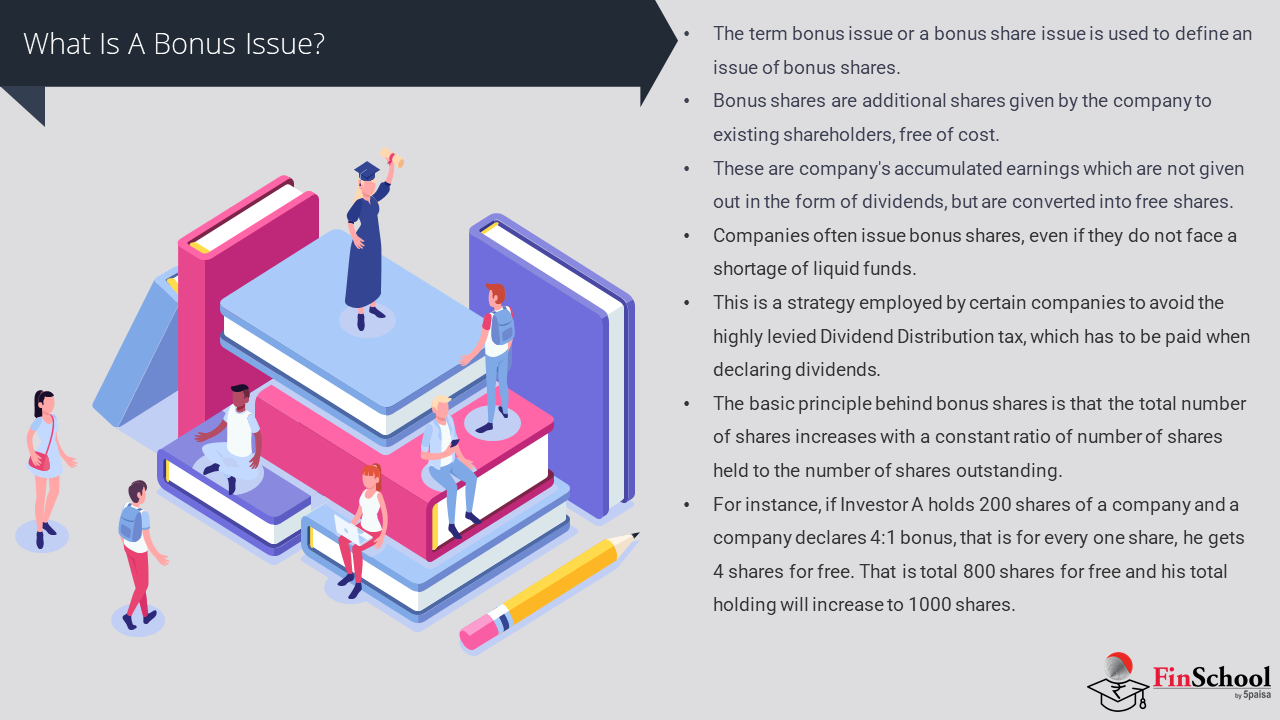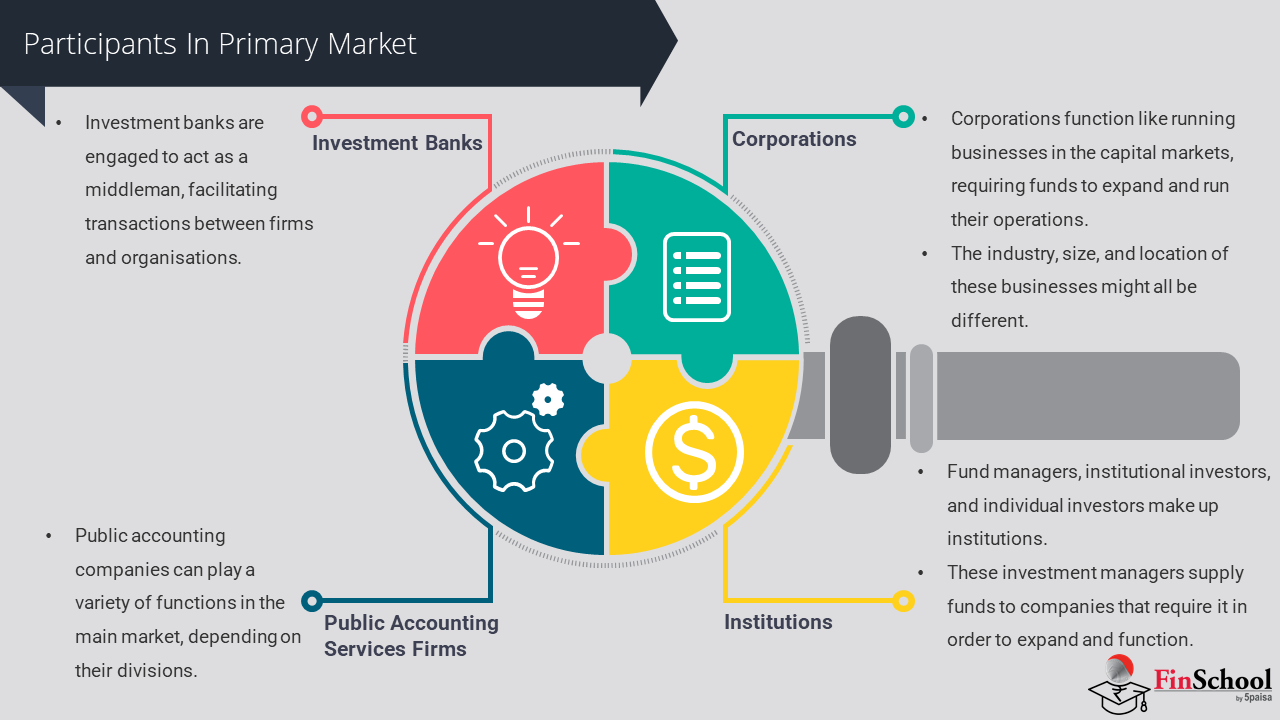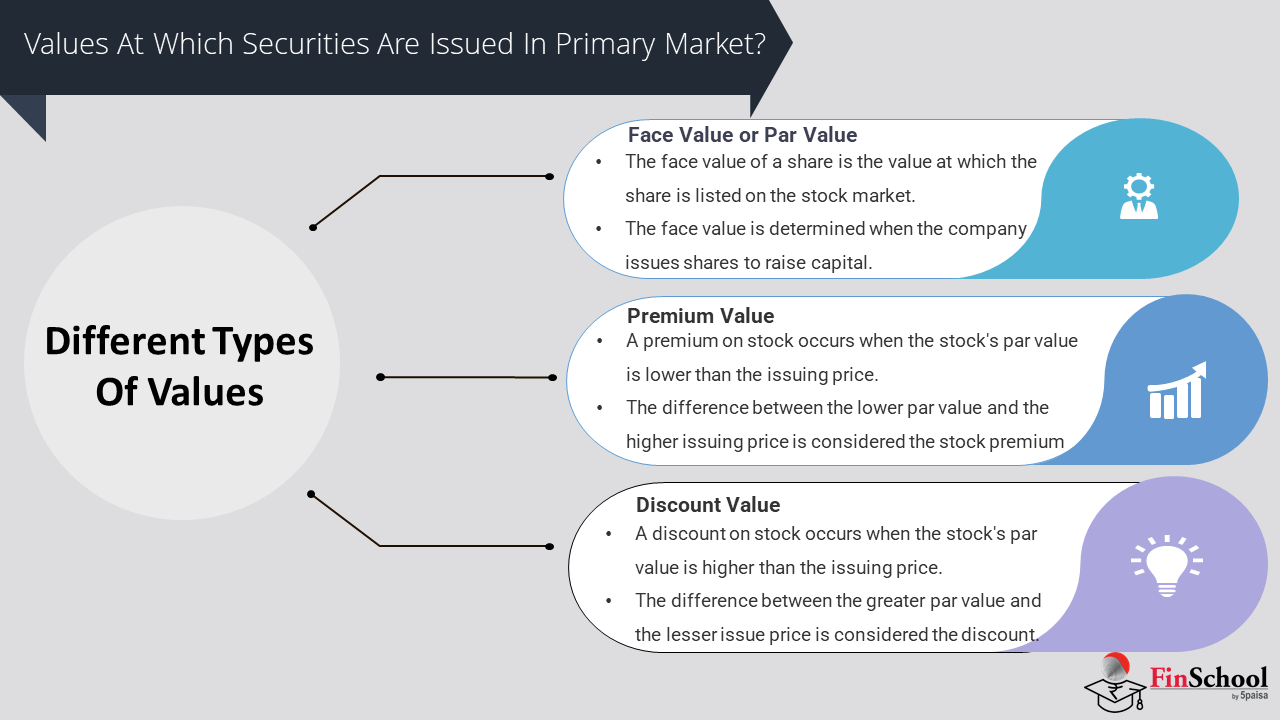- Study
- Slides
- Videos
8.1.What is Open Interest and Its Importance?
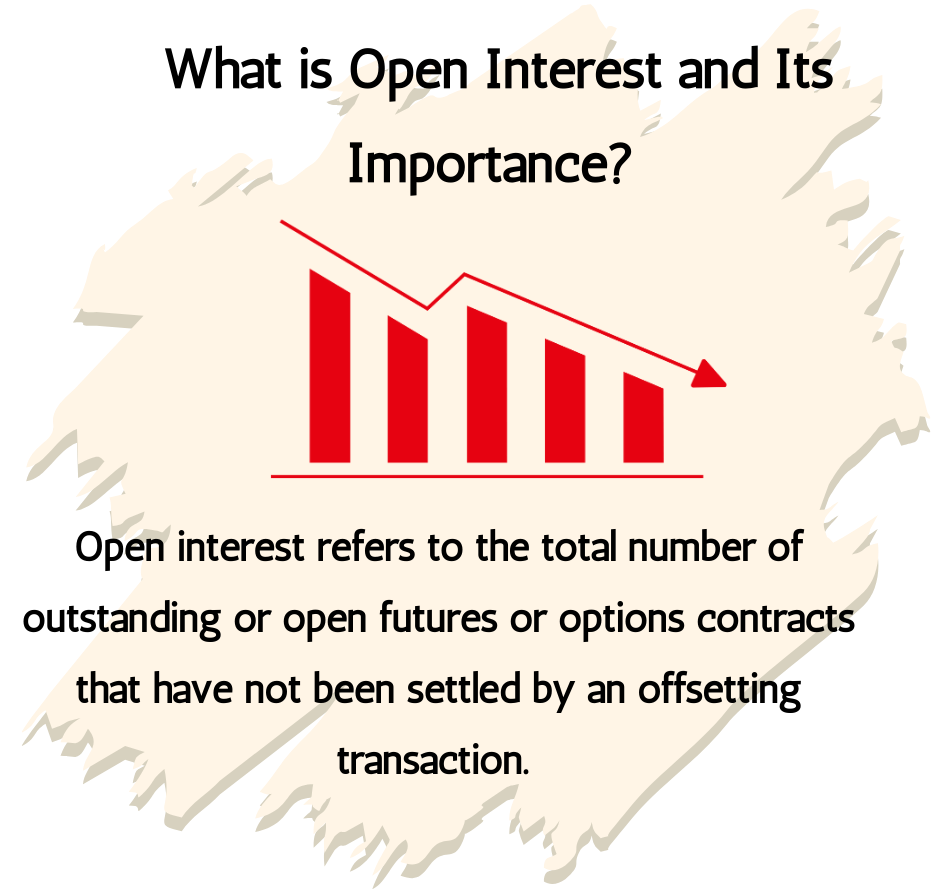
Open interest refers to the total number of outstanding or open futures or options contracts that have not been settled by an offsetting transaction. In simpler terms, it represents the total number of contracts that exist for a particular financial instrument, such as a commodity, stock, or currency that have not been closed out, exercised, or allowed to expire.
Here’s why open interest is important:
- Market Activity Indicator: Open interest provides insights into the level of market activity for a particular financial instrument. High open interest typically indicates that there is a lot of trading activity happening, suggesting greater liquidity and potentially more accurate pricing.
- Liquidity Assessment: High open interest generally means that there are many buyers and sellers participating in the market, resulting in easier entry and exit for traders without significantly affecting the price.
- Trend Confirmation: Changes in open interest can help confirm the strength or weakness of a trend. If the price of a security is rising along with an increase in open interest, it suggests that new money is flowing into the market, confirming the bullish trend. Conversely, if the price is falling with an increase in open interest, it may confirm a bearish trend.
- Options Market Analysis: In options trading, open interest is particularly important. It reflects the number of outstanding options contracts, which can give traders an idea of potential future price movements. For instance, high open interest in call options may suggest bullish sentiment, while high open interest in put options may indicate bearish sentiment.
- Expiry and Rollover Analysis: Open interest is crucial around expiry dates of futures and options contracts. Traders often analyse open interest levels to anticipate potential price movements as contracts approach expiration, as large positions may be rolled over or closed out, affecting market dynamics.
- Contrarian Indicator: Sometimes, excessively high or low open interest levels can serve as contrarian indicators. For instance, if open interest in a particular security is at extreme levels, it may suggest market sentiment is overly bullish or bearish, potentially signalling a reversal.
8.2.Difference between Open Interest and Trading Volume
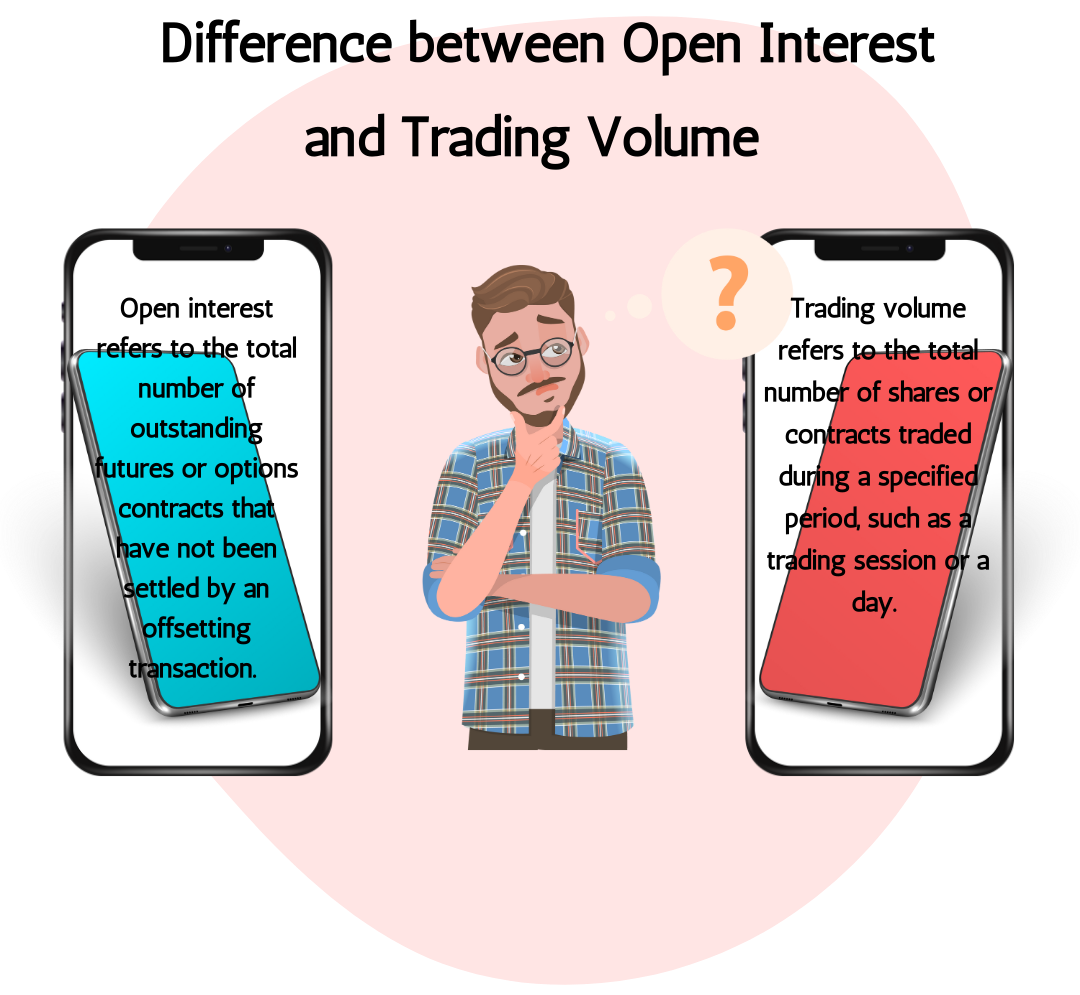
Open interest and trading volume are both important metrics used in financial markets, but they represent different aspects of market activity:
- Open Interest:
- Open interest refers to the total number of outstanding futures or options contracts that have not been settled by an offsetting transaction.
- It represents the total number of contracts that are currently active in the market.
- Open interest increases when new contracts are created (buyers and sellers initiating positions) and decreases when contracts are closed out (buyers and sellers offsetting positions or letting them expire).
- Open interest provides insights into the level of market activity and the number of participants holding positions in a particular financial instrument.
- Trading Volume:
- Trading volume refers to the total number of shares or contracts traded during a specified period, such as a trading session or a day.
- It represents the total number of transactions (buys and sells) executed in the market.
- Trading volume measures the level of activity or liquidity in a market at a particular point in time.
- Trading volume can fluctuate widely throughout the trading day or over longer periods, reflecting changes in investor sentiment, news events, or market dynamics.
Key Differences:
- Nature of Measurement: Open interest measures the total number of outstanding contracts, whereas trading volume measures the total number of transactions executed.
- Time Frame: Open interest represents the cumulative number of contracts held by market participants until they are closed out or expire, providing insights into longer-term market activity. Trading volume, on the other hand, represents activity within a specific time frame, such as minutes, hours, days, or weeks, providing insights into short-term market activity.
- Interpretation: Open interest can provide insights into the overall market sentiment, trend strength, and potential future price movements based on the accumulation or reduction of open positions. Trading volume reflects immediate market activity and liquidity but may not necessarily indicate market sentiment or direction.
8.3. How to Analyse and Calculate Open Interest
Analysing and calculating open interest involves understanding its significance in the context of market activity and using it as a tool for market analysis. Here’s a step-by-step guide on how to analyse and calculate open interest:
- Understand Open Interest:
- Open interest represents the total number of outstanding futures or options contracts that have not been closed out or allowed to expire.
- It is a lagging indicator, meaning it reflects positions that have already been established in the market.
- Open interest increases when new contracts are created (initiated by buyers and sellers) and decreases when contracts are closed out or allowed to expire.
- Obtain Open Interest Data:
- Open interest data is typically provided by exchanges or financial data providers for various financial instruments, such as futures contracts, options contracts, or other derivatives.
- You can access open interest data through trading platforms, financial websites, or specialized data vendors.
- Analyse Changes in Open Interest:
- Monitor changes in open interest over time to gain insights into market sentiment and potential price movements.
- Increasing open interest may indicate new money flowing into the market, suggesting growing interest or participation in a particular instrument.
- Decreasing open interest may suggest liquidation of positions or reduced interest in the instrument.
- Compare Open Interest with Price Movement:
- Analyse the relationship between changes in open interest and price movements.
- Increasing open interest along with rising prices may suggest bullish sentiment, as new positions are being established to capitalize on upward momentum.
- Increasing open interest along with falling prices may indicate bearish sentiment, as new short positions are being established or long positions are being closed out.
- Use Open Interest as a Contrarian Indicator:
- In some cases, extreme levels of open interest can serve as contrarian indicators.
- Excessively high open interest may suggest market overcrowding and potential for a reversal, especially if the prevailing trend is losing momentum.
- Excessively low open interest may indicate lack of interest or participation in the market, potentially signaling a reversal if sentiment shifts.
Calculation of Open Interest
Calculating open interest is relatively straightforward. It involves summing up the total number of outstanding futures or options contracts for a specific financial instrument. Here’s how you can calculate open interest:
- Identify the Contract: Determine the specific futures or options contract for which you want to calculate open interest. Each contract corresponds to a particular underlying asset, expiration date, and strike price (for options).
- Count Long and Short Positions: Determine the number of open long (buy) positions and open short (sell) positions for the chosen contract. Long positions represent contracts held by traders who have bought the contract, expecting its price to rise. Short positions represent contracts held by traders who have sold the contract, expecting its price to fall.
- Sum the Positions: Add together the total number of open long positions and open short positions to calculate the open interest.
Open Interest = Total Number of Open Long Positions + Total Number of Open Short Positions
- Example: Let’s consider an example of calculating open interest for a futures contract:
- Suppose there are 500 open long positions (buyers) for a particular futures contract.
- Suppose there are 400 open short positions (sellers) for the same futures contract.
- To calculate open interest: Open Interest = 500 (open long positions) + 400 (open short positions) = 900 contracts
Therefore, the open interest for this futures contract would be 900 contracts.
- Interpretation: The open interest figure represents the total number of contracts that are currently active in the market and have not been closed out or allowed to expire. It provides insights into the level of market activity and the number of participants holding positions in the specific financial instrument.
Dynamic Nature: Open interest can fluctuate throughout the trading day or over longer periods as traders open and close positions. Monitoring changes in open interest can provide valuable information about evolving market sentiment and potential price movements
8.4. Advance Techniques for Open Interest Analysis.
Advanced techniques for open interest analysis involve deeper statistical analysis, correlation studies, and integration with other technical indicators. Here are some advanced techniques:
- Volume-Open Interest Analysis: Analyze the relationship between trading volume and open interest. High trading volume accompanied by an increase in open interest may indicate strong market participation and potential trend continuation. Conversely, high volume with decreasing open interest could suggest a weakening trend or trend reversal.
- Price-Open Interest Divergence: Look for divergences between price movements and open interest. For example, if prices are rising but open interest is decreasing, it could indicate weakening bullish momentum and potential for a reversal. Conversely, if prices are falling but open interest is increasing, it could suggest strengthening bearish sentiment.
- Option Chain Analysis: Dive into the options market by analyzing the entire option chain for a particular underlying asset. Look for areas of high open interest in call and put options, known as “strike price concentration.” Changes in open interest at specific strike prices can provide insights into potential support or resistance levels for the underlying asset.
- Open Interest Ratio: Calculate the ratio of open interest to trading volume to gauge market sentiment. A high open interest-to-volume ratio may indicate a more sustainable trend, as it suggests that a significant number of contracts are being held rather than traded. Conversely, a low ratio may suggest speculative activity or short-term trading.
- Historical Analysis: Conduct historical analysis of open interest data to identify patterns and trends. Look for correlations between changes in open interest and subsequent price movements. Analyze how open interest behaves in different market conditions, such as trending markets, range-bound markets, or during periods of high volatility.
- Commitment of Traders (COT) Report: Incorporate data from the COT report, which provides insights into the positions of large institutional traders in the futures market. Analyze changes in the positions of commercial hedgers, large speculators, and small traders relative to open interest to assess market sentiment and potential price direction.
- Options Implied Volatility: Consider implied volatility derived from options prices as it relates to open interest. High open interest combined with high implied volatility may suggest uncertainty or expectation of significant price movements. Conversely, low open interest with high implied volatility could indicate speculative positioning or upcoming events affecting market sentiment.
- Seasonal Analysis: Explore seasonal patterns in open interest for certain commodities or financial instruments. Some assets exhibit recurring patterns based on factors like weather, economic cycles, or geopolitical events. Analysing historical open interest data within a seasonal context can provide insights into potential trading opportunities.
- Machine Learning and Sentiment Analysis: Apply machine learning techniques and sentiment analysis to open interest data to extract actionable insights. Utilize natural language processing (NLP) algorithms to analyse news sentiment related to the underlying asset and correlate it with changes in open interest to anticipate market movements.
Key Takeaways
- Open interest is a vital tool for traders and investors in the derivatives markets. It helps gauge market liquidity, confirm trends, identify potential support and resistance levels, and understand the balance between speculative and hedging activities.
- By monitoring changes in open interest, traders can gain deeper insights into market dynamics and make more informed trading decisions.
- Open interest can fluctuate throughout the trading day or over longer periods as traders open and close positions. Monitoring changes in open interest can provide valuable information about evolving market sentiment and potential price movements.

